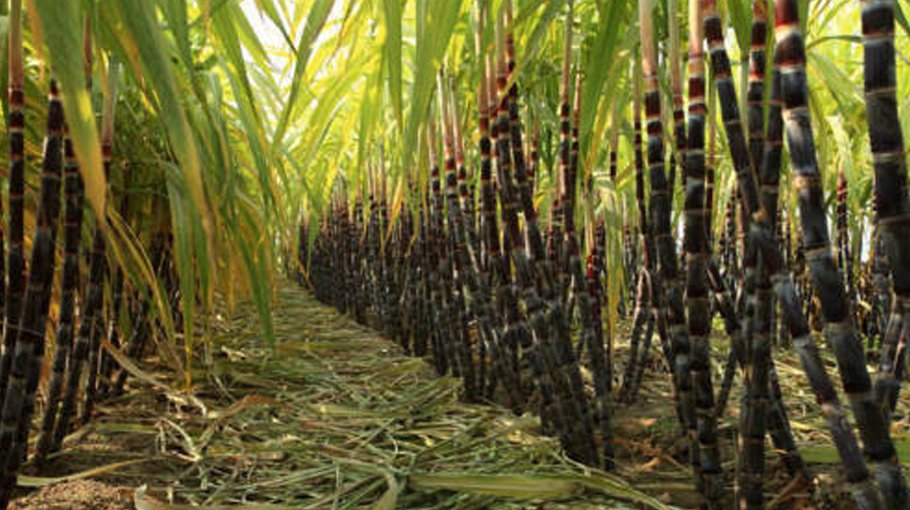It’s time to save our debt-laden sugar industry

The state-owned sugar industry of Bangladesh is facing a deepening financial crisis, with over Tk 9,000 crore in accumulated debt and a swiftly declining production capacity. The country’s 15 sugar mills are failing to meet even 1 percent national sugar demand managed by the Bangladesh Sugar and Food Industries Corporation (BSFIC) under the Ministry of Industries, raising urgent concern over the future sustainability of the sector.
With the country’s yearly sugar consumption at around 2.2 to 2.4 million tonnes, these mills produced a mere 21,300 tonnes last year. This dismal output, combined with aging infrastructure and mismanagement, has led to calls for immediate intervention to modernise the mills and revitalise sugarcane cultivation. The solution has not often materialised, leaving the industry on the verge of collapse.
The mills’ financial woes are mainly driven by an unsustainable debt burden. The BSFIC borrowed Tk 5,220 crore from five state-owned banks between the fiscal years of 2015-16 and 2018-19. Interest on these loans has swelled to Tk 4,200 crore over the years, resulting in a total debt of over Tk 9,400 crore. Besides, a further Tk 1,600 crore was borrowed in the last three years to finance mill renovation, but the intended improvement failed to considerably impact production or profitability.
Efforts to cut costs have also been largely ineffective. Recruitment at the mills has been frozen since 2011, leaving 9,173 out of 17,263 approved positions vacant. Moreover, six mills—Panchagarh, Setabganj, Shyampur, Rangpur, Kushtia and Pabna— were shut down to stem losses. However, the corporation’s financial outlook remains grim despite these measures.
Sugar production in Bangladesh has seen a severe decline over the last several years. The mills produced 59,000 tonnes of sugar in 2015-16, but production had fallen to only 21,314 tonnes by 2022-23. The mills’ nonoperational infrastructure, with many dating back to the colonial and pre-independence eras, is one of the main factors contributing to this downturn. Maintaining these aging facilities has become a costly burden, with projected maintenance costs for the 2024-25 fiscal year estimated at Tk 260 crore.
Adding to the financial tension, the corporation is grappling with significant unpaid dues. It owes Tk 326 crore in gratuities to retired employees, Tk 116 crore in unpaid provident funds and Tk 81 crore in outstanding wages for current workers. Incapability of the corporation to clear these arrears further undermines optimism and operational stability.
Sugar production in Bangladesh has seen a severe decline over the last
several years. The mills produced 59,000 tonnes of sugar in 2015-16,
but production had fallen to only
21,314 tonnes by 2022-23
The disorganisation of the country’s sugar mills is glaring when compared to neighbouring countries. While sugar mills in India, Pakistan and Thailand achieve recovery rates of 10-11 percent, Bangladesh’s rate has dropped below 6 percent, considerably hindering output. This inefficiency is reflected in the widening gap between the cost of production and revenue.
The mills generated Tk 412 crore in revenue in the 2021-2022 fiscal year, while their expenses reached Tk 1,192 crore, making a massive deficit. The BSFIC is now seeking Tk 7,000 crore from the government to cover price gaps, trade gaps and subsidies, in addition to demanding Tk 280 crore for a 25 percent subsidy on sugarcane purchases, similar to policies in other countries. The corporation has also called on the government to take over the repayment of its debts, such as accrued interest, to enable essential modernisation and diversification efforts.
The cost of the production at these mills are unsustainably high, driven by the growing debt and unproductive operation. Rajshahi Sugar Mill, for instance, has a production cost of Tk 504 per kilogram of sugar, the highest among the mills. Even the least expensive, North Bengal Sugar Mill, produces at Tk 218 per kilogram. Across all the mills, the average production cost is Tk 312 per kilogram, far exceeding the market price of Tk 135-140 per kilogram, leading to persistent losses.
The industry will find itself in even greater financial threat, if this trend continues unbridled. Authorities concerned warn that two additional mills could be forced to shut down within the next three years unless immediate and decisive action is taken.
There is still hope that the industry can be revived despite the grim stance, but only if the government acts rapidly. The state-owned mills must undertake a comprehensive renovation that addresses their nonoperational infrastructure and also their operational inefficiencies and crippling debt. Investment in modernising the mills, diversifying their production capacities and supporting sugarcane cultivation is necessary for the industry’s survival.
The time for seeming fixes has long passed. Bangladesh’s sugar industry may soon face irreversible decline without a clear and actionable plan, leaving thousands of workers unemployed and further diminishing the country’s self-reliance in sugar production.
The government must prioritise long-term reforms over short-term crisis management. Only through coordinated and multifaceted efforts to modernise the mills, improve efficiency and resolve the debt crisis may the industry hope to return to profitability. Anything less risks consigning the country’s sugar mills to history, along with the livelihood of the workers who depend on them.
Raj Kiron Das, an Editorial Assistant at Bangladesh Post and a founder of Equal Rights Organisation (ERO),
can be reached at <ragbirajmcjru@gmail.com>



